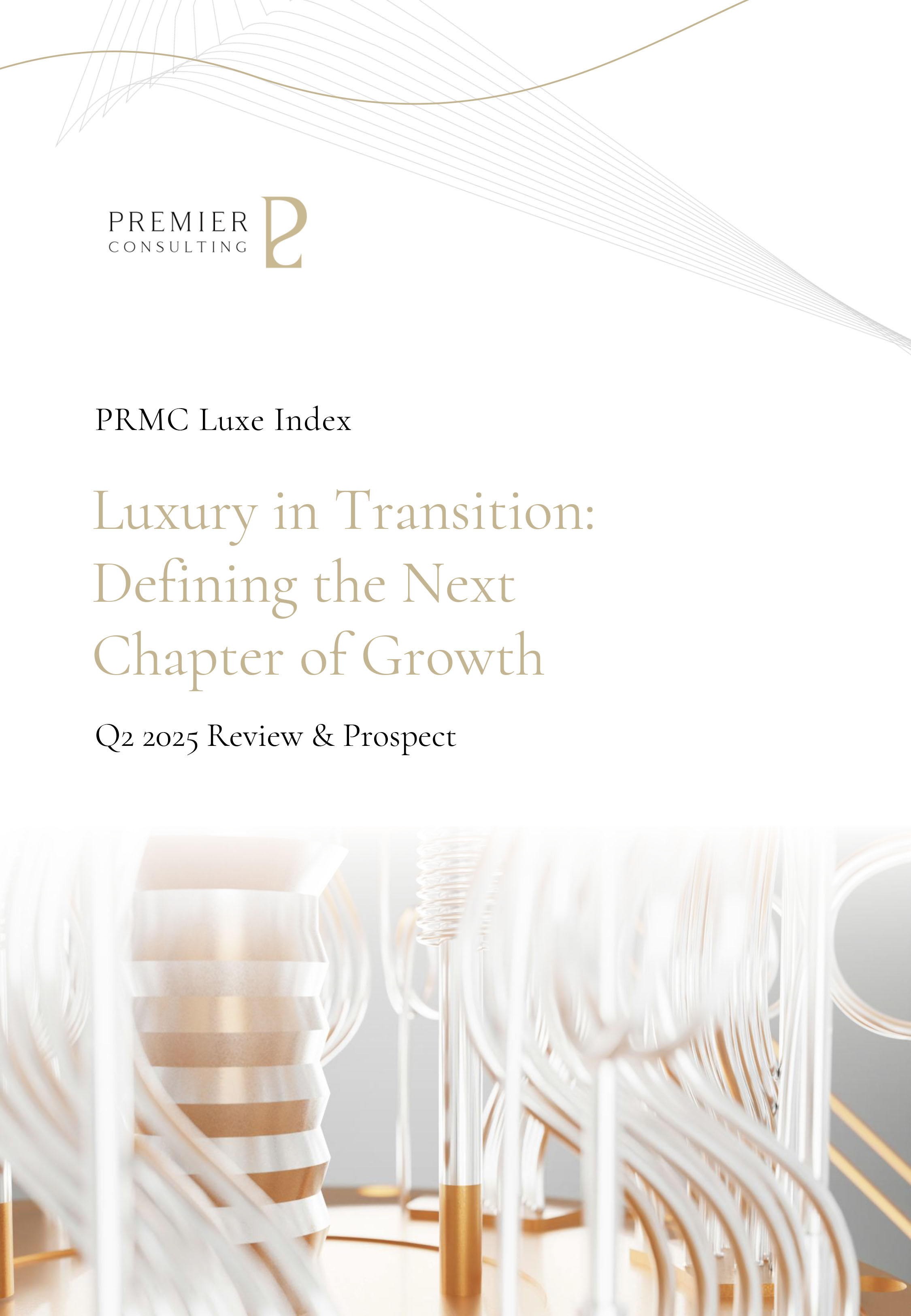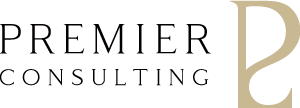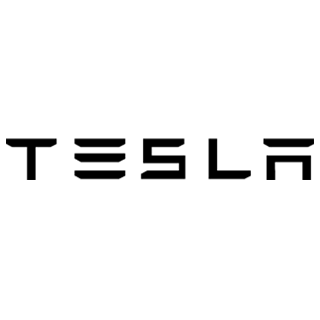
Q2 2025 PRMC Luxe Index
Review & Prospect
Q2 2025 PRMC Luxe Index
Review & Prospect

Q2 2025 PRMC Luxe Index
Review & Prospect
Aug 26, 2025
Empowering investors to navigate evolving market trends, respond agilely to short-term fluctuations, capture key opportunities, and chart a new course for luxury growth guided by long-term value.
Luxury in Transition:
Defining the Next Chapter of Growth
In the second quarter of 2025, as the global monetary tightening cycle among major central banks gradually eased, marginal improvements in liquidity supported a rebound in asset prices. At the same time, a temporary easing of geopolitical tensions and an accelerated recovery in international travel flows laid the groundwork for a revival in global high-end consumer sentiment.
In China, the structural recovery trend persisted, underpinned by strengthened policy measures aimed at stimulating consumption and supporting the private sector. Combined with the resurgence of offline retail and outbound tourism during the May Day holiday, these factors delivered tangible benefits to the broader consumption recovery. However, medium- to long-term household income expectations remained subdued, limiting the pull-through effect on mid- to high-end consumer goods.
In the United States, expectations of a soft economic landing continued to solidify, with a rebound in service-sector activity driving increased travel and social engagements among high-net-worth individuals—partially restoring the high-end consumption chain. Nevertheless, the deceleration of the “disinflation” process, coupled with a persistently high interest rate environment, continued to suppress household spending power. Heightened tariff policy uncertainty pushed up end-product prices, further burdening consumers and reinforcing a trend toward cautious expenditure.
In Europe, overall economic recovery momentum remained tepid, with core economies’ PMIs entrenched in contractionary territory and consumer confidence lingering at low levels. While aggregate unemployment rates stayed relatively moderate, certain countries continued to face structural labor market pressures. Together with a sustained rise in living costs, this constrained disposable incomes and exerted a material drag on mid- to high-end consumption demand.
The PRMC Luxe Index closed the second quarter at 1,726.03 points, rising 99.09 points (+6.09%) over the period, yet underperforming key global benchmarks, including the MSCI Asia Pacific (+11.70%), MSCI ACWI (+10.97%), S&P 500 (+10.57%), and EURO STOXX 100 (+7.77%).
At the secondary index level, Experiential Luxe Index (+19.35%) posted a robust rebound, while the Ultra Luxe Index (+13.32%) and the Mass Luxe Index (+12.22%) also recorded significant gains. In contrast, the Core Luxe Index (-0.04%) remained broadly stable.
At the individual stock level, performance divergence among companies became increasingly evident during the quarter. Dassault Aviation, Richemont, and Hermès delivered strong results, with share prices rising notably, whereas Tesla, Burberry, and Rémy Cointreau underperformed relative to the beginning of the year.
Those who discern the trends prosper; those who capitalize on them advance. As the macroeconomic environment continues to evolve, global economic uncertainty is expected to intensify further in the second quarter, potentially leading to greater fluctuations in investor confidence. Index performance is likely to experience periodic volatility as a result. Meanwhile, Hermès has recently announced plans to raise prices across its U.S. portfolio in an effort to offset rising costs through pricing adjustments. As the impact of new tariff policies gradually takes hold, more luxury brands may follow suit by recalibrating their regional pricing strategies.
Looking ahead, whether global economic stability can be restored and whether the Federal Reserve maintains its tightening stance will be pivotal variables influencing luxury sector valuations and capital market sentiment. The ongoing evolution of index performance, shaped by macroeconomic policies and market expectations, remains a critical area for continued close observation.
DOWNLOADS

Full Report (75 pages)









